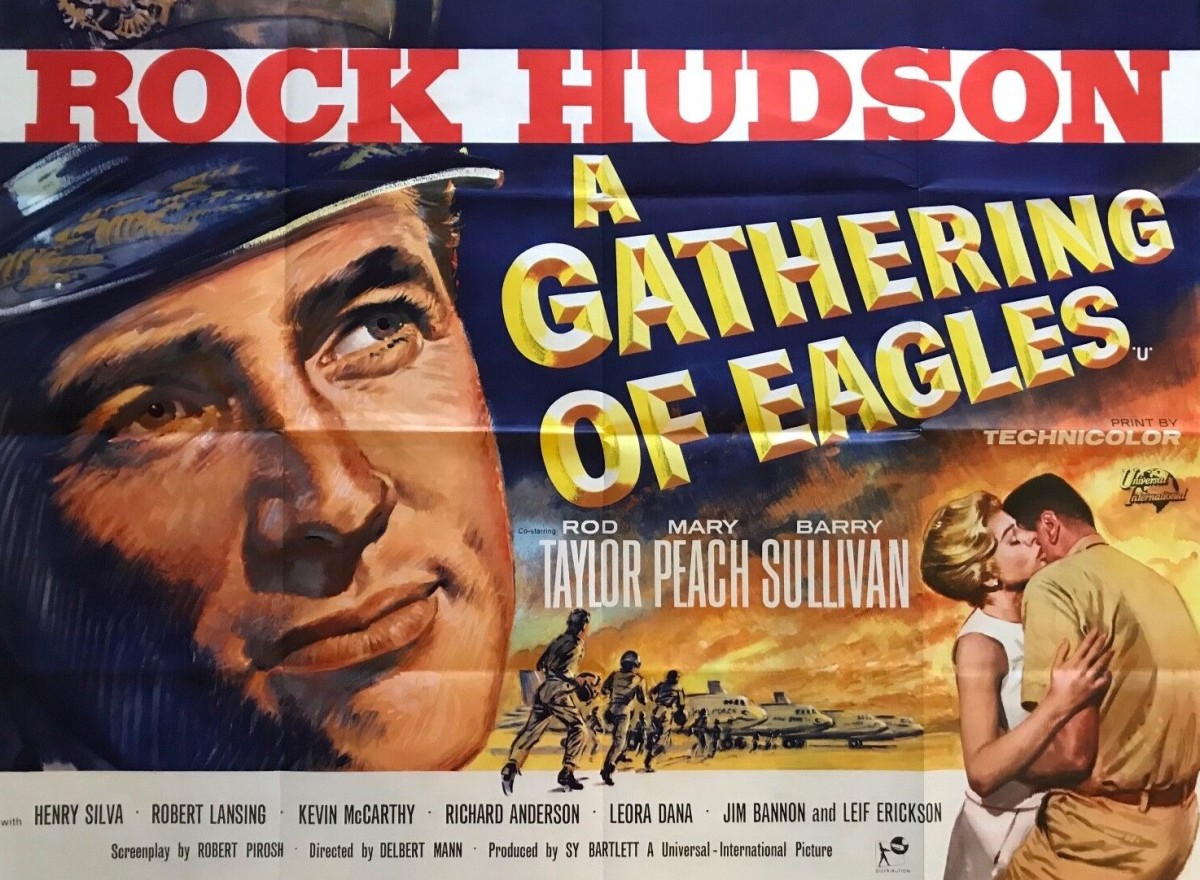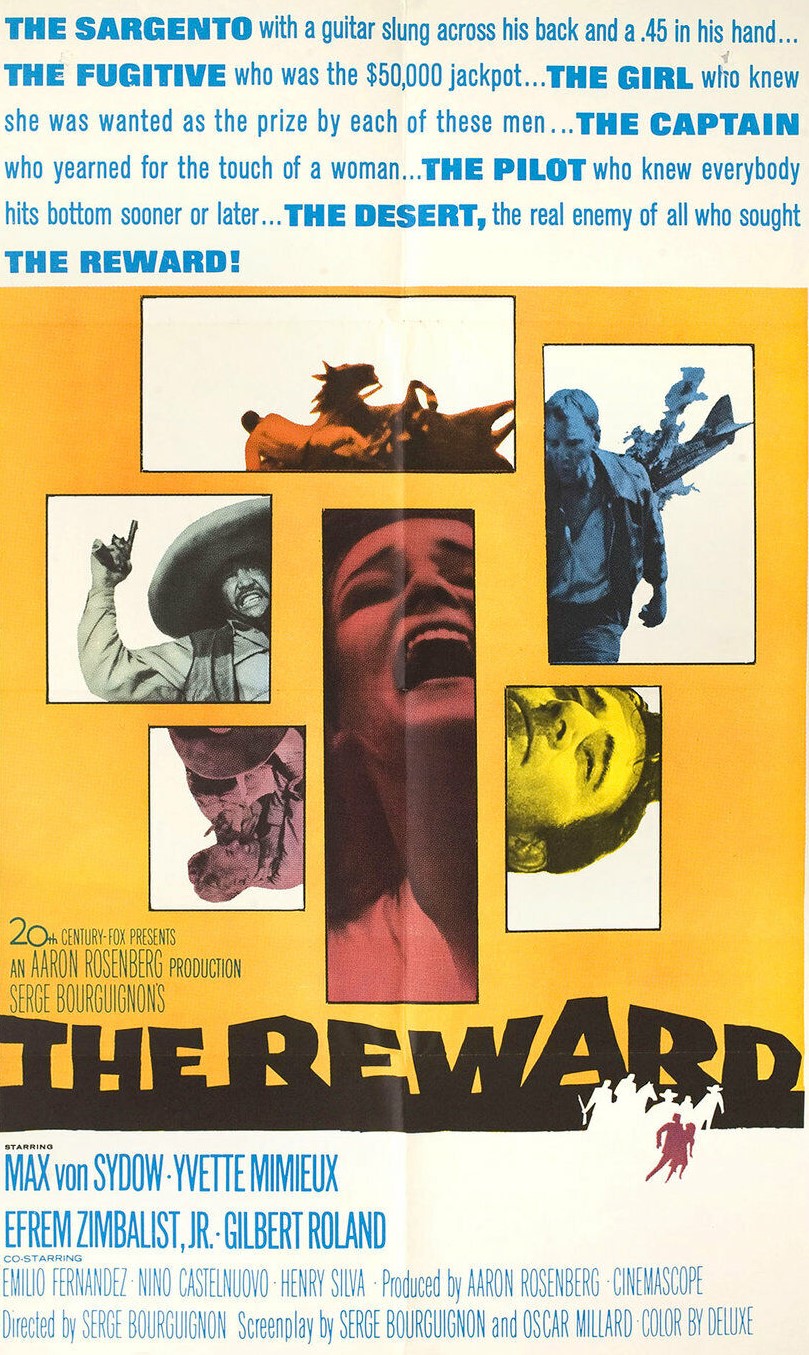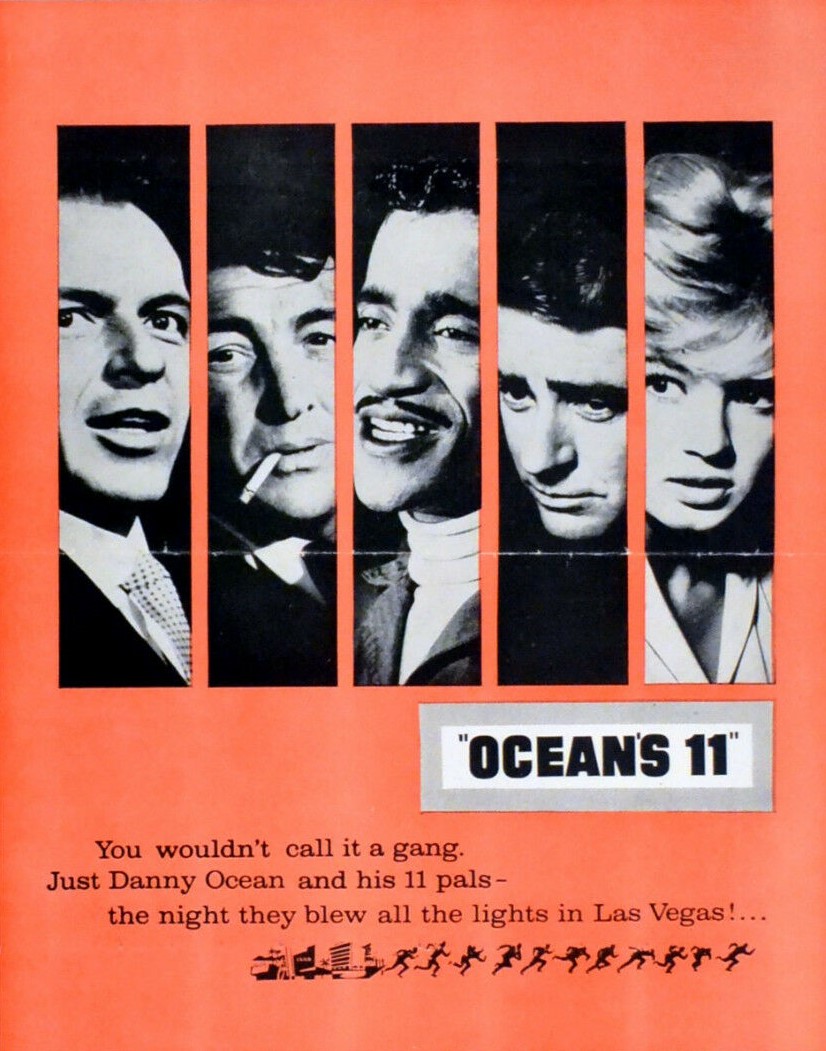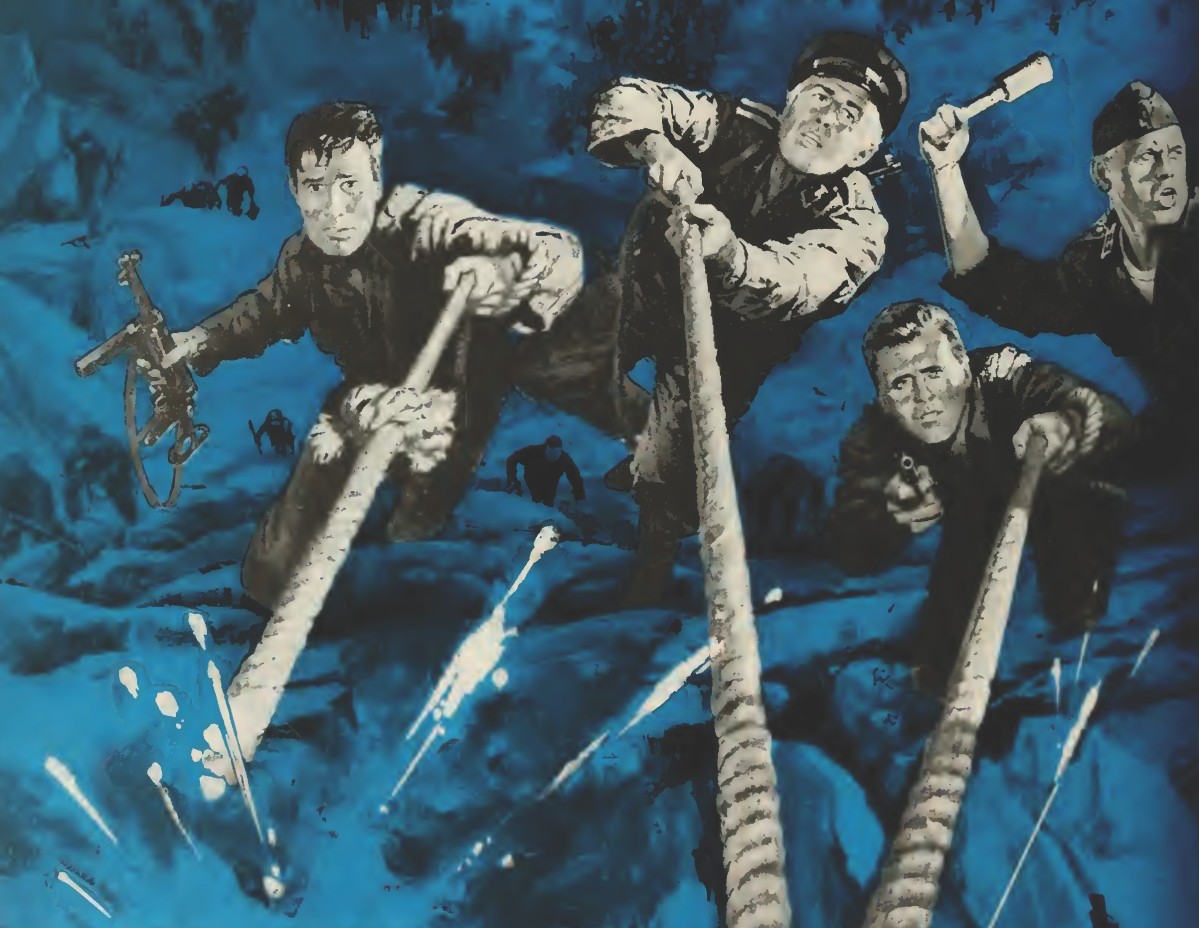The one-man-wrecking-crew activities of the likes of John Wick or your friendly neighborhood beekeeper not to mention that Point Blank (1968) has a similar downbeat ending and the flurry of interest in retro noir should have set the reassessment alarm bells ringing. Audiences and critics have been frankly dismissive, not even wondering how a mere television director managed to hook the likes of Rat Pack dudes Sammy Davis Jr. and Peter Lawford and get an exceptionally dramatic performance from eternally cute Disneyesque Bewitched star Elizabeth Montgomery.
Perhaps it’s because star Henry Silva (The Secret Invasion, 1964) never broke out of a cycle of B-films or small supporting role in bigger pictures or that director William Asher threw away any kudos he might have earned here by turning to Muscle Beach Party (1964) and How to Stuff a Wild Bikini (1965) and the like. Or perhaps that the makers of the aforementioned John Wick and The Beekeeper learned to leaven the innate violence of the character and render him more audience-friendly by giving him sentimental attachment to pet dogs and old ladies or some old guy robbed of his pension.

Johnny Cool (Henry Silva) has better reason than either to get mad with the world, given that as a child during World War Two he saved his mother from rape from one German soldier only to witness her killed by another. Orphaned, he was taken in by the local Resistance which later reverted back to its Mafia origins. He’s got the murder cojones, for sure, interrupting a wedding to kill off the groom.
Anyway, he’s hired by Mafia bigwig Johnny Colini (Marc Lawrence) to embark on a transatlantic sojourn and wipe out the main men of the U.S. Syndicate. Along the way, he dallies with non-combatant Dare (Elizabeth Montgomery) who later becomes complicit and then, as if this was a 1940s gangster picture seeking to avoid the wrath of the Production code, suffused by guilt turns him in.
Meanwhile, he’s on the slaughter trail. In part the gangsters are easy pickings, because they have all grown fat and in turning legitimate are out of reach of the law and in part because, just like Point Blank, nobody saw him coming or guessed anyone would have such audacity. He’s not in the do-not-disturb category of John Wick or The Beekeeper.

But he does cross a particular line that audience and critics back in the day were generally averse to. His violence is indiscriminate. He kills cops and would have inadvertently killed kids, too, if they had got in the way. There was no shortage of corrupt cops in Hollywood policiers in the 60s and 70s, but generally they weren’t executed.
He’s one step ahead of everyone and even without a standard weapon is a dab hand at improvisation. Colini has preyed upon his lack of parentage, suggesting that Cool will become a surrogate son once he has completed his mission. When that ploy is exposed and Cool realizes he is the worst kind of patsy, the movie takes a sharp right turn into the modern idiom by allowing him not to turn back and get revenge on the Italian godfather but to continue the killing spree to satisfy his own honor.
Few bad guys were as cool or charming as Johnny Cool. While his face can turn rigid and his personality entombed by inner demons, he is an adept ladies man and has the kind of easy-going manner that on the surface ensures access to dangerous area. Most tough guys, who found ways of justifying their killing, or had a soft spot for some dame, couldn’t manage the pretence for long and away from a sympathetic female so completely conceal their true identities.
Henry Silva is just terrific. This is the hit man with more style than redeeming features. And director Willam Asher plays the noir game, clever use of shadows, and a surprising quotient of aerial shots. And the ending is classic. So I won’t spoil that for you, but maybe the best twist ever in a crime picture.
Given contemporary audience and critical antipathy for Elizabeth Montgomery, this should have buried her career, but, as luck would have it, she fell in love with Asher and he handed her the leading role in his next television show – I should have mentioned he was something of a TV whizz-kid – Bewitched (1964-1972). Although she might never have met Asher at all if her first prospective female leading role had come off – she was the replacement for Debbie Reynolds in the $3.5m version of Alistair MacLean’s Night without End directed by George Seaton and a Paramount release. It was scheduled for release in 1962 but was never made.
Asher did move in Rat Pack circles, hence the involvement of Peter Lawford, in a production capacity, and Joey Bishop and Sammy Davis Jr. in small roles, with the latter lending his tonsils to the title tune. Look out for Brad Dexter (The Magnificent Seven, 1960), Richard Anderson (Seconds, 1966), Telly Savalas (The Scalphunters, 1968) and Wanda Hendrix (The Prince of Foxes, 1949).
The pitiless avenger being in such contemporary vogue, this is worth a look.












